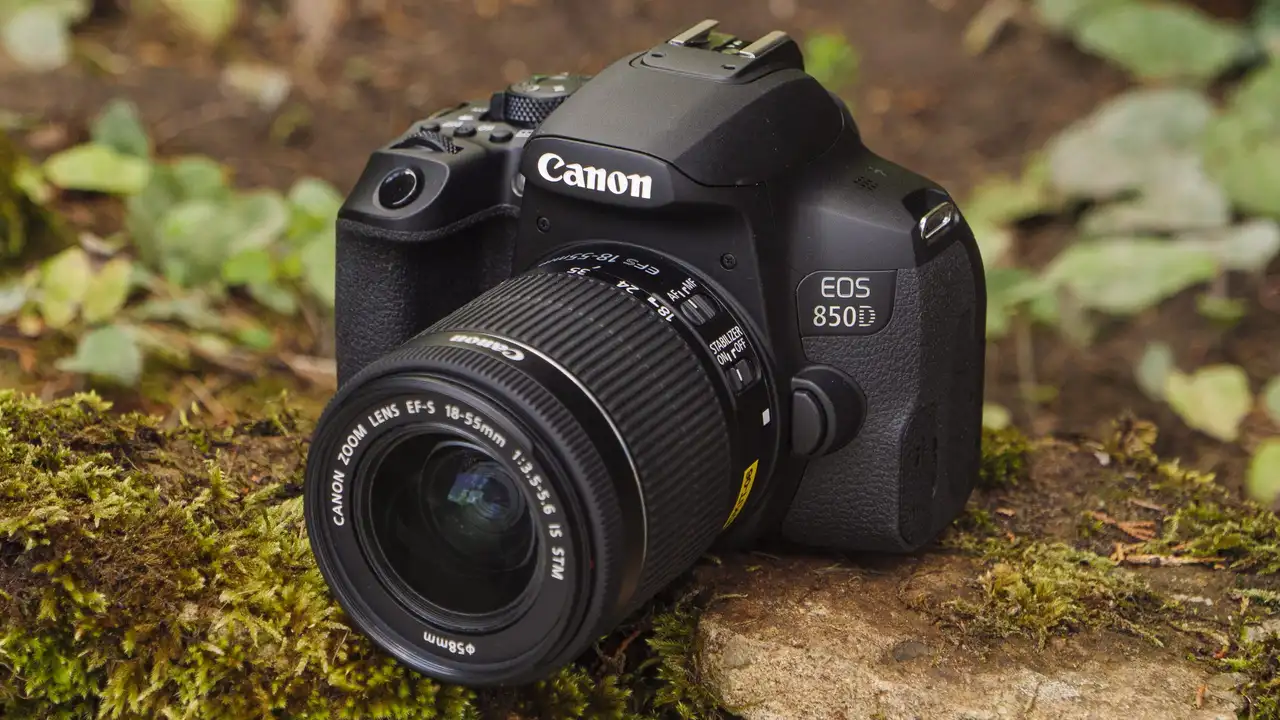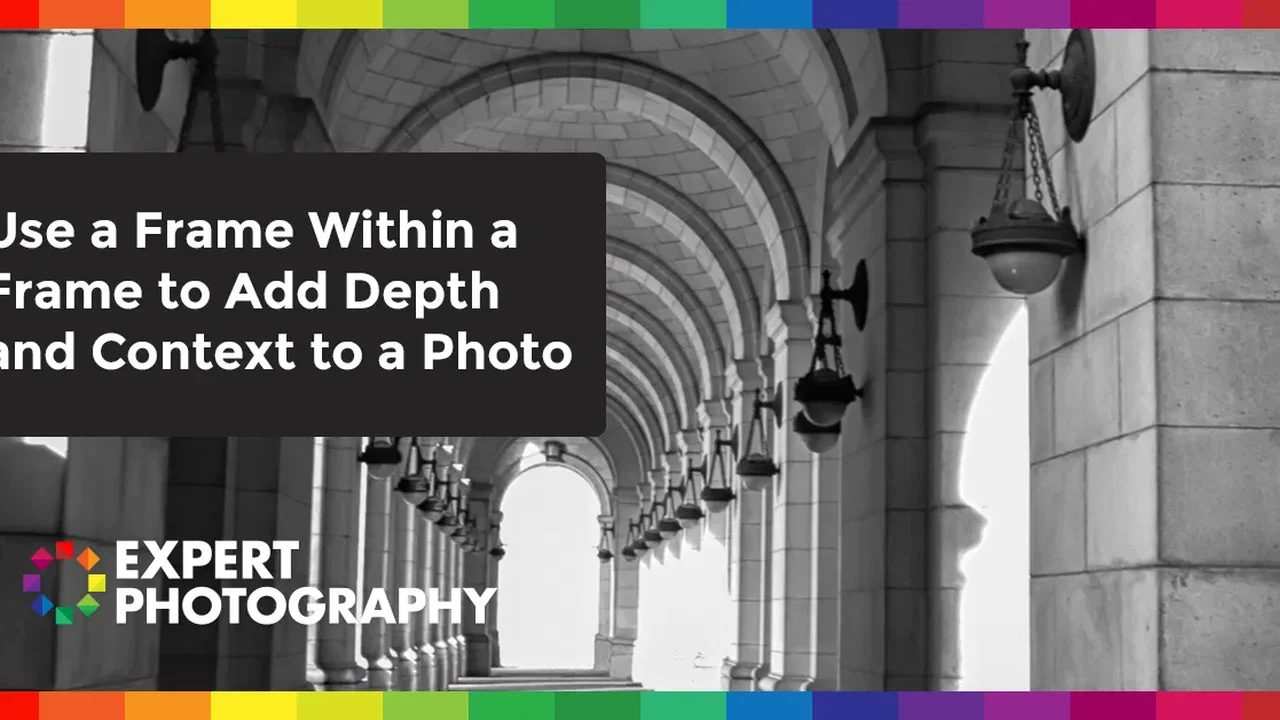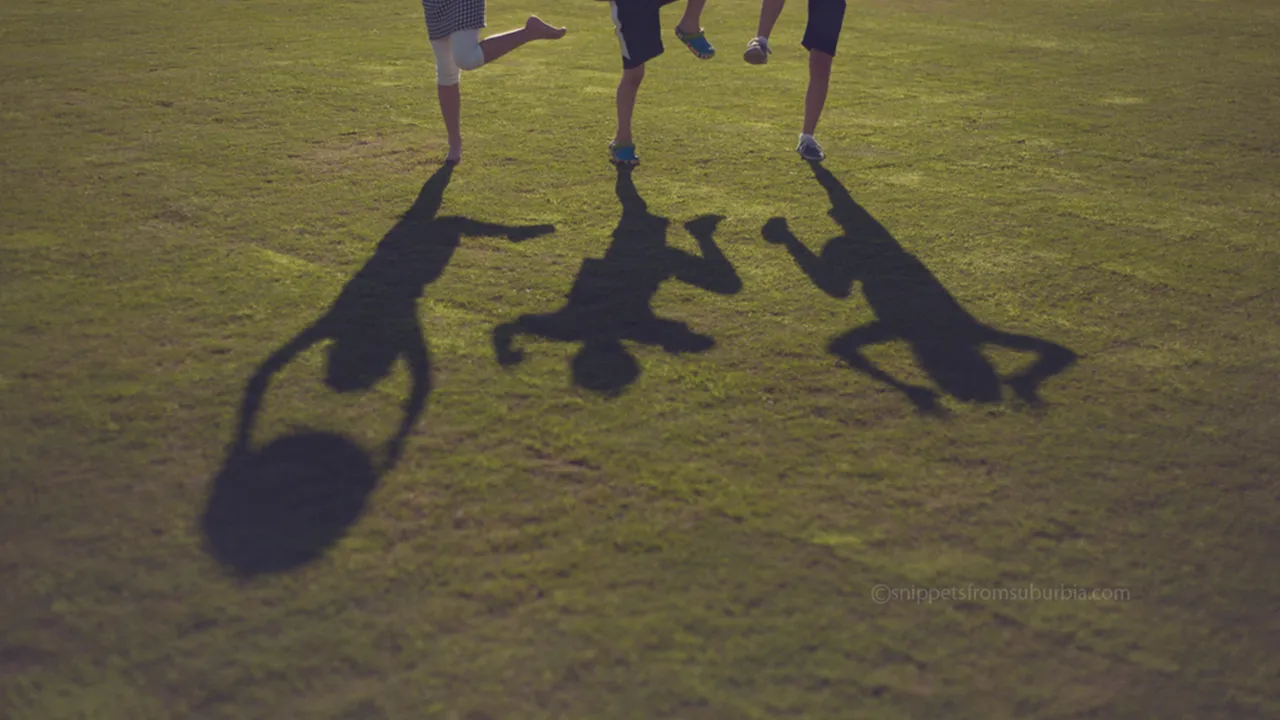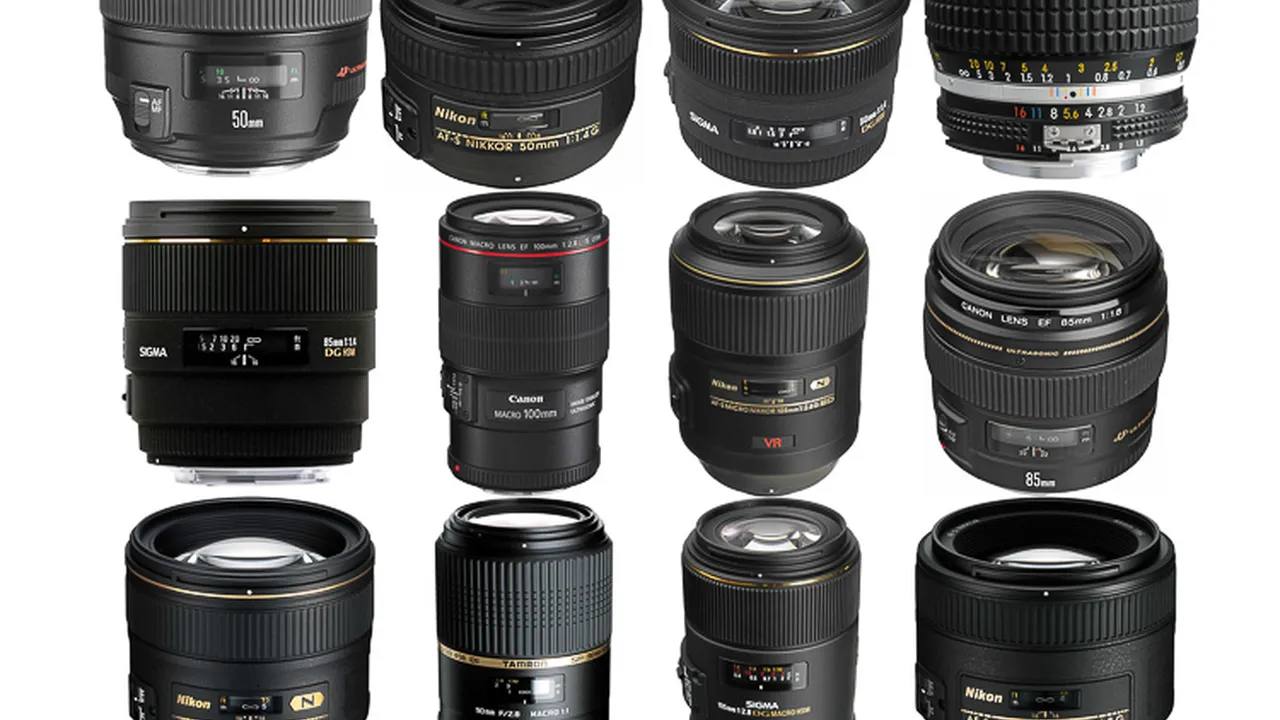Event Photography: Capturing Special Occasions
Event photography is a captivating field that focuses on documenting significant moments and creating lasting memories. This genre encompasses a wide range of events, from weddings and corporate gatherings to concerts and sporting competitions. Mastering event photography requires a blend of technical skill, artistic vision, and the ability to work under pressure. This article explores the key aspects of event photography, offering insights into techniques, equipment recommendations, and tips for capturing unforgettable moments.
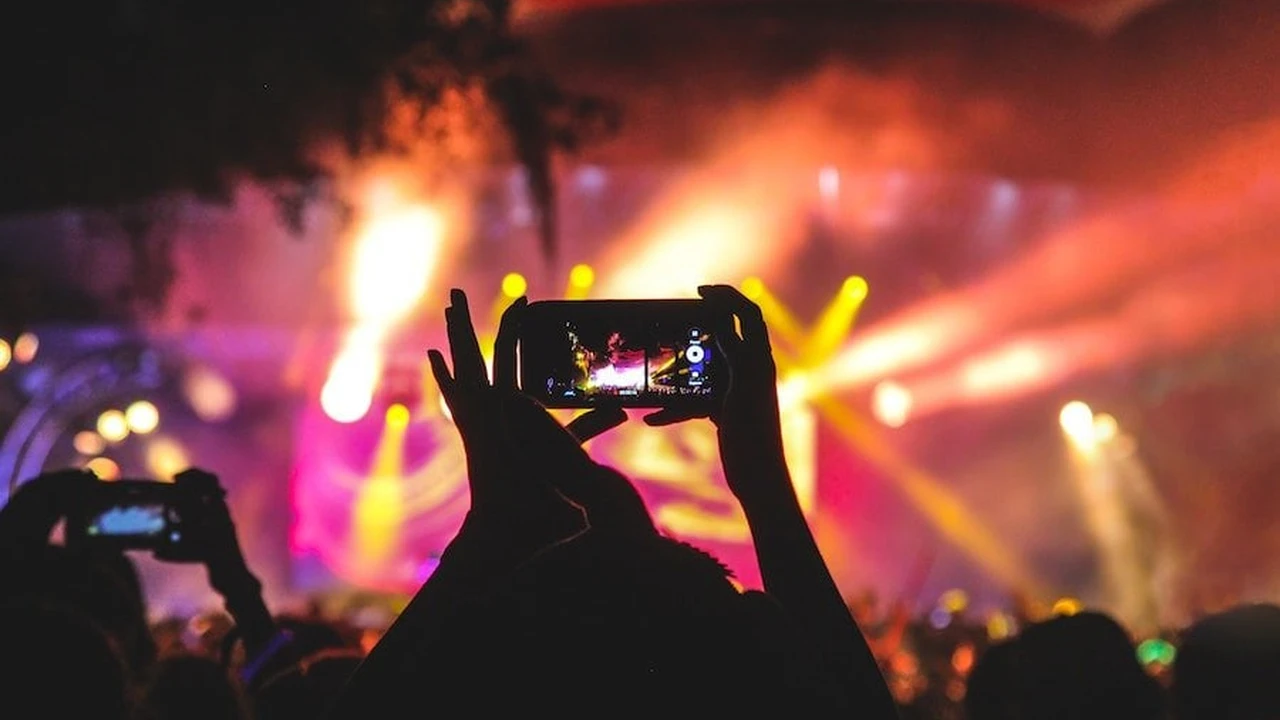
Understanding Event Photography and Its Significance
Event photography goes beyond simply taking pictures; it's about storytelling. It’s about capturing the emotions, the atmosphere, and the key moments that define an event. Whether it's the joy of a wedding, the excitement of a concert, or the professionalism of a corporate conference, event photographers are tasked with immortalizing these experiences.
The significance of event photography lies in its ability to preserve memories for years to come. These photographs become cherished keepsakes, allowing individuals to relive special moments and share them with future generations. For businesses, event photography can be a powerful marketing tool, showcasing their brand, culture, and the experiences they create for their clients and employees.
Essential Equipment for Event Photography
Choosing the right equipment is crucial for success in event photography. While personal preferences vary, certain gear is essential for capturing high-quality images in diverse event settings.
Cameras
A full-frame DSLR or mirrorless camera is generally recommended for event photography due to their superior image quality, low-light performance, and dynamic range. Some popular options include:
- Sony Alpha a7 III: Known for its excellent autofocus, image stabilization, and overall performance. Price: Approximately $2000 (body only).
- Canon EOS 5D Mark IV: A workhorse camera with a robust build, reliable autofocus, and impressive image quality. Price: Approximately $3000 (body only).
- Nikon D850: Offers exceptional resolution, dynamic range, and low-light performance, making it ideal for capturing detailed images. Price: Approximately $3300 (body only).
Lenses
A versatile lens collection is essential for covering different aspects of an event. Here are some must-have lenses:
- 24-70mm f/2.8: A standard zoom lens that's perfect for capturing a wide range of shots, from wide-angle group photos to tighter portraits. Examples include the Sony FE 24-70mm f/2.8 GM, Canon EF 24-70mm f/2.8L II USM, and Nikon AF-S NIKKOR 24-70mm f/2.8E ED VR. Price: Approximately $2000 each.
- 70-200mm f/2.8: Ideal for capturing candid moments from a distance, portraits, and details. Examples include the Sony FE 70-200mm f/2.8 GM OSS, Canon EF 70-200mm f/2.8L IS III USM, and Nikon AF-S NIKKOR 70-200mm f/2.8E FL ED VR. Price: Approximately $2500-3000 each.
- 50mm f/1.8 or f/1.4: A fast prime lens that's great for low-light photography and creating shallow depth of field. Examples include the Sony FE 50mm f/1.8, Canon EF 50mm f/1.8 STM, and Nikon AF-S NIKKOR 50mm f/1.8G. Price: Approximately $100-200 each.
- Wide-Angle Lens (e.g., 16-35mm): Useful for capturing wide shots of venues or large groups. Examples include the Sony FE 16-35mm f/2.8 GM, Canon EF 16-35mm f/2.8L III USM, and Nikon AF-S NIKKOR 16-35mm f/4G ED VR. Price: Approximately $2200-2500 each.
Lighting Equipment
External lighting is often necessary for event photography, especially in dimly lit venues. Consider these options:
- Speedlights: Compact and portable flashes that can be mounted on the camera or used off-camera with triggers. Examples include the Godox V1, Profoto A1X, and Canon Speedlite 600EX II-RT. Price: Approximately $300-1000 each.
- Off-Camera Flash Triggers: Allow you to control your speedlights remotely. Popular options include the Godox XPro, Profoto Air Remote, and PocketWizard Plus IV. Price: Approximately $100-300 each.
- Reflectors: Useful for bouncing light and filling in shadows. Price: Approximately $20-50.
Other Accessories
Don't forget these essential accessories:
- Extra Batteries and Memory Cards: Always have backups to avoid running out of power or storage space.
- Camera Bag: A comfortable and durable bag to carry and protect your equipment.
- Tripod: Useful for capturing steady shots in low light or for group photos.
Mastering Event Photography Techniques
Beyond having the right equipment, mastering various techniques is crucial for capturing stunning event photos.
Composition
Composition is key to creating visually appealing images. Consider the following:
- Rule of Thirds: Divide the frame into nine equal parts and place key elements along the lines or at the intersections.
- Leading Lines: Use lines to draw the viewer's eye into the image.
- Framing: Use elements in the scene to frame the subject and add depth.
- Symmetry and Patterns: Look for symmetrical scenes or repeating patterns to create visually interesting images.
Exposure
Proper exposure is essential for capturing well-lit and detailed images. Pay attention to the following:
- Aperture: Controls the depth of field and the amount of light entering the camera. Use a wide aperture (e.g., f/2.8) for shallow depth of field and low-light photography.
- Shutter Speed: Controls the duration of the exposure. Use a fast shutter speed to freeze motion and avoid blur.
- ISO: Controls the sensitivity of the camera's sensor to light. Use a low ISO for optimal image quality and a higher ISO in low-light situations.
Focusing
Sharp focus is crucial for capturing clear and detailed images. Consider the following:
- Autofocus Modes: Use continuous autofocus (AF-C) for moving subjects and single autofocus (AF-S) for stationary subjects.
- Focus Points: Select the appropriate focus point to ensure that the subject is sharp.
- Manual Focus: Use manual focus in challenging situations where autofocus may struggle.
Working with Light
Understanding how to work with light is essential for creating beautiful images. Consider the following:
- Natural Light: Use natural light whenever possible to create soft and flattering images.
- Artificial Light: Use artificial light to supplement natural light or to create dramatic effects.
- Bouncing Light: Bounce light off of walls or ceilings to create softer and more even illumination.
Specific Product Recommendations and Usage Scenarios
Let's delve deeper into specific product recommendations and how they can be used in different event scenarios.
Sony Alpha a7 III with Sony FE 24-70mm f/2.8 GM
Scenario: A corporate conference with various presentations, networking events, and group photos.
Usage: The Sony a7 III's excellent autofocus and low-light performance make it ideal for capturing presentations in dimly lit conference rooms. The 24-70mm lens provides versatility for shooting wide-angle group photos and tighter shots of speakers and attendees. The fast f/2.8 aperture allows for shallow depth of field, helping to isolate subjects and create a professional look.
Price: Approximately $4000 (camera and lens combo).
Canon EOS 5D Mark IV with Canon EF 70-200mm f/2.8L IS III USM
Scenario: A wedding ceremony and reception, requiring candid shots and detailed portraits.
Usage: The Canon 5D Mark IV's robust build and reliable autofocus make it a dependable choice for capturing the fast-paced moments of a wedding. The 70-200mm lens is perfect for capturing candid shots of the bride and groom, guests, and details like the cake and decorations. The image stabilization ensures sharp images, even when shooting handheld.
Price: Approximately $5500 (camera and lens combo).
Nikon D850 with Nikon AF-S NIKKOR 50mm f/1.8G and Godox V1 Flash
Scenario: A birthday party in a dimly lit indoor venue, requiring high-quality images with controlled lighting.
Usage: The Nikon D850's exceptional resolution and dynamic range allow for capturing detailed images, even in challenging lighting conditions. The 50mm f/1.8 lens provides a wide aperture for low-light photography and a shallow depth of field. The Godox V1 flash offers powerful and versatile lighting options, allowing you to bounce light off the ceiling or use it off-camera for more creative effects.
Price: Approximately $3500 (camera, lens, and flash combo).
Comparing Different Products
Choosing the right equipment often involves comparing different options to find the best fit for your needs and budget.
Camera Comparison: Sony a7 III vs. Canon 5D Mark IV vs. Nikon D850
- Sony a7 III: Offers excellent value for its price, with impressive autofocus, image stabilization, and low-light performance. Ideal for photographers who prioritize versatility and technology.
- Canon 5D Mark IV: A reliable and well-rounded camera with a robust build and user-friendly interface. Ideal for photographers who prefer Canon's ecosystem and want a dependable workhorse.
- Nikon D850: Offers exceptional resolution and dynamic range, making it ideal for photographers who need to capture highly detailed images. Ideal for photographers who prioritize image quality and are willing to invest in a higher-end camera.
Lens Comparison: 24-70mm f/2.8 vs. 70-200mm f/2.8 vs. 50mm f/1.8
- 24-70mm f/2.8: A versatile zoom lens that's perfect for capturing a wide range of shots. Ideal for photographers who need a general-purpose lens that can handle various situations.
- 70-200mm f/2.8: A telephoto zoom lens that's ideal for capturing candid moments from a distance and creating shallow depth of field. Ideal for photographers who need to capture portraits and details.
- 50mm f/1.8: A fast prime lens that's great for low-light photography and creating shallow depth of field. Ideal for photographers who want a lightweight and affordable lens for specific situations.
Flash Comparison: Godox V1 vs. Profoto A1X vs. Canon Speedlite 600EX II-RT
- Godox V1: Offers excellent value for its price, with a round head design that produces soft and even light. Ideal for photographers who want a versatile and affordable flash.
- Profoto A1X: A high-end flash with exceptional build quality and performance. Ideal for photographers who demand the best and are willing to invest in a premium product.
- Canon Speedlite 600EX II-RT: A reliable and powerful flash that's compatible with Canon's wireless flash system. Ideal for photographers who are already invested in Canon's ecosystem.
Tips for Capturing Unforgettable Moments
Capturing unforgettable moments requires more than just technical skill. Here are some tips for taking your event photography to the next level:
- Be Prepared: Arrive early to scout the location, plan your shots, and familiarize yourself with the event schedule.
- Anticipate Moments: Pay attention to the event and anticipate key moments that you want to capture.
- Communicate with Your Clients: Understand their expectations and preferences, and work with them to create a shot list.
- Be Discreet: Avoid being intrusive and try to blend in with the crowd.
- Capture Emotions: Focus on capturing genuine emotions and interactions between people.
- Tell a Story: Think about how your photos will tell the story of the event and capture the key moments that define it.
- Edit Your Photos: Use photo editing software to enhance your images and create a consistent look.
By mastering these techniques, investing in the right equipment, and following these tips, you can become a successful event photographer and capture unforgettable moments for your clients.
:max_bytes(150000):strip_icc()/277019-baked-pork-chops-with-cream-of-mushroom-soup-DDMFS-beauty-4x3-BG-7505-5762b731cf30447d9cbbbbbf387beafa.jpg)



